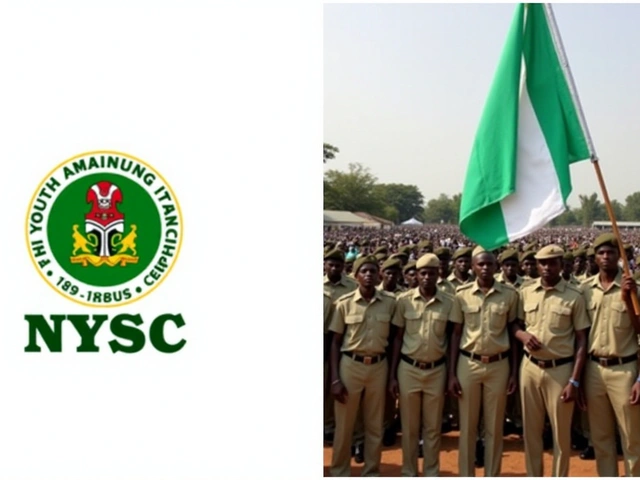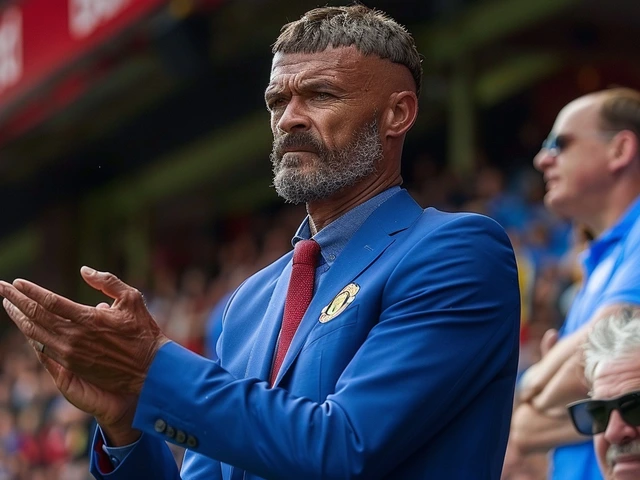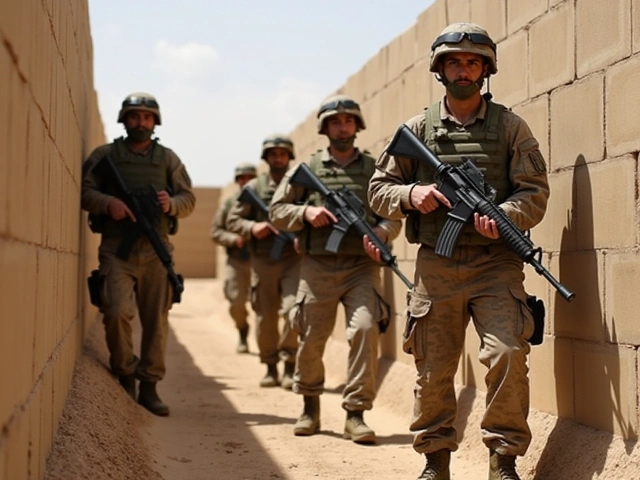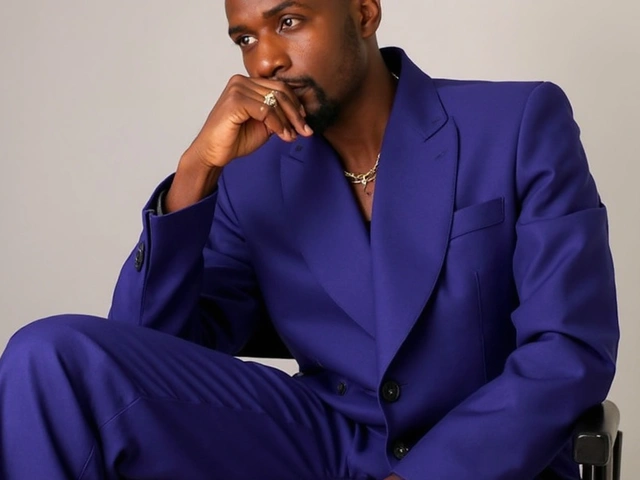Police Assault: What You Need to Know
Police assault is a serious issue affecting communities worldwide. When law enforcement officers use excessive or unjustified force, it can lead to physical harm, emotional trauma, and a breakdown in trust between the police and the public. Understanding what police assault means and how it happens helps us make sense of why it sparks protests and demands for change.
At its core, police assault involves officers using more force than necessary when dealing with civilians. This can range from physical violence during arrests to aggressive behavior that violates people’s rights. The effects often ripple beyond the individuals involved, impacting entire communities and increasing fear of those who should serve and protect.
Why Does Police Assault Happen?
Several factors contribute to police assault. Sometimes it’s about poor training or unclear rules about the use of force. Other times, it’s about a lack of accountability when officers face no consequences for misconduct. Stressful work environments and systemic issues like racial bias can also play a role. When these factors stack up, police assaults become more common and harder to prevent.
Holding Police Accountable and Moving Forward
Communities and governments are pushing hard for change. This includes better training focused on de-escalation, using body cameras to increase transparency, and creating independent bodies to investigate complaints of assault. Public demand for accountability shows that people want law enforcement to be fair and respectful. By staying informed and supporting reform, we can help build a system where police protect without causing harm.
Police assault isn’t just about isolated incidents; it reflects much bigger challenges in policing and justice. Learning about these issues shines a light on the need for honest conversations and real solutions. Remember, respecting human rights and dignity should always guide policing, keeping everyone safer.





